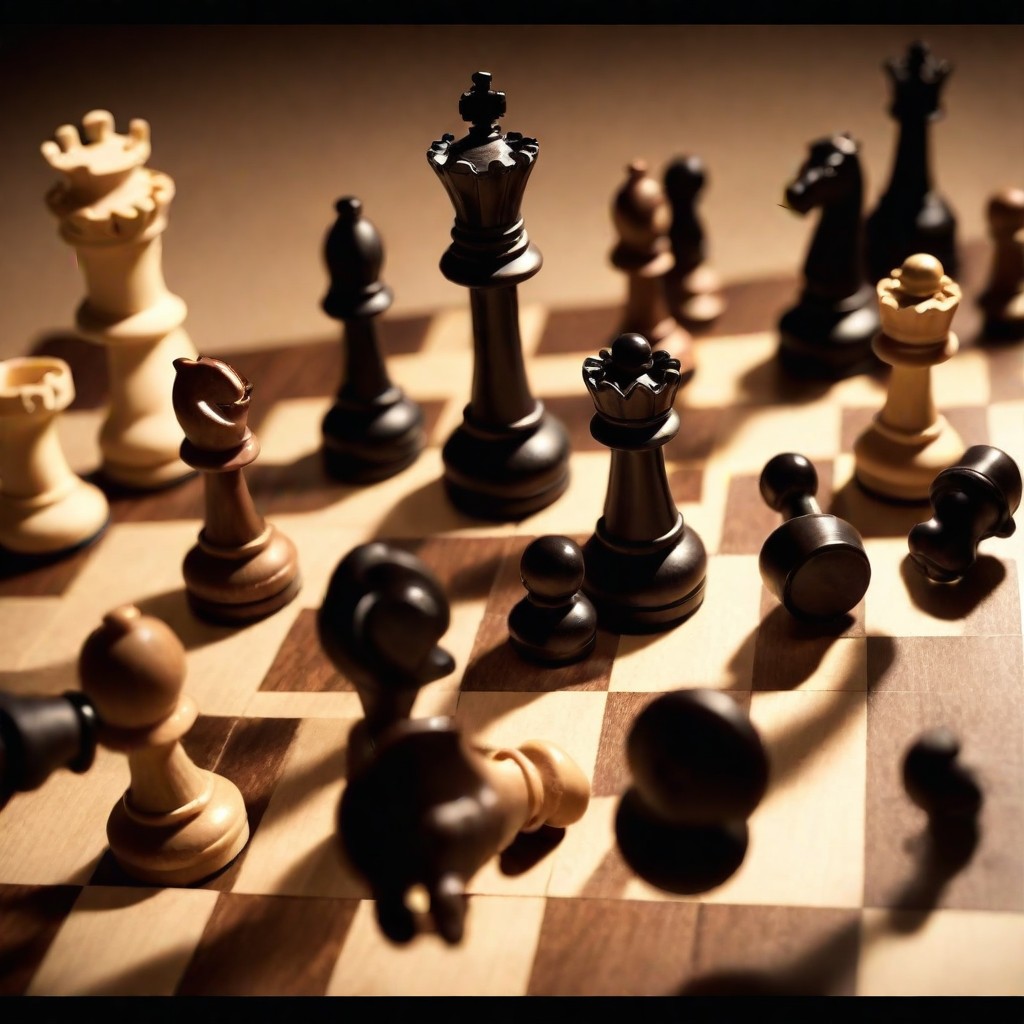Advanced chess tactics involve complicated and precise moves that are intended to achieve specific goals. These goals may include destroying your opponent’s defenses, outmaneuvering the opposing king, or even threatening checkmate. Advanced chess tactics can be difficult to learn, but mastering them can help you take your game to the next level. In addition to reading books on chess tactics, you can also improve your knowledge by solving advanced puzzles and analyzing your own games. Exposure to tougher opponents can also be helpful, as it will force you to apply advanced strategies when playing them.
The ability to spot tactical patterns is crucial for becoming a strong chess player. These patterns include unprotected pieces, different mating nets, and ill-placed pawns. You can develop this ability by solving advanced chess tactics and by observing the tactical trends of strong players. Practicing these tactics will help you understand the strategic aspects of the game and will prepare you to face stronger competition in real-world chess games.
A common tactic is the defensive sacrifice, which involves giving up a piece for an imagined mate or material gain. This strategy can be very effective, as it often leaves your king unprotected and forces your opponent to make risky moves. It is important to note that your opponent must be willing to accept your sacrifice, so this tactic is not suitable for all situations.
Another advanced chess tactic is the interference attack, which involves blocking an opponent’s pieces to prevent them from reaching the opposing king. This technique can be especially useful in situations where your opponent has advanced pawns that cannot be promoted. For example, in Diagram 1 above, white’s rook on b2 can interfere with black’s advanced pawn on h2. This is a simple but powerful tactic that can eliminate some of your opponent’s attacking chances.
The final advanced chess tactic is the positional sacrifice, which is an idea that is meant to create long term weakness for your opponent’s king. This can be done by either sacrificing an unprotected piece or a pawn. The most important thing to remember about this idea is that it should be made with maximum accuracy. This means that you should avoid making mistakes that will result in a lost position for your opponent.




